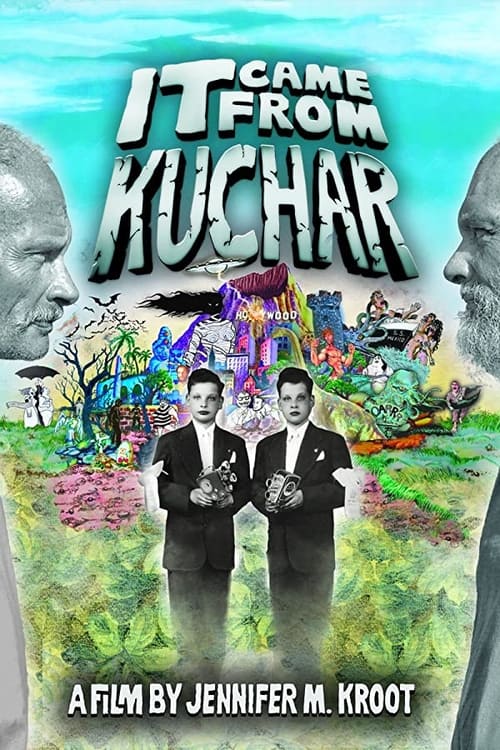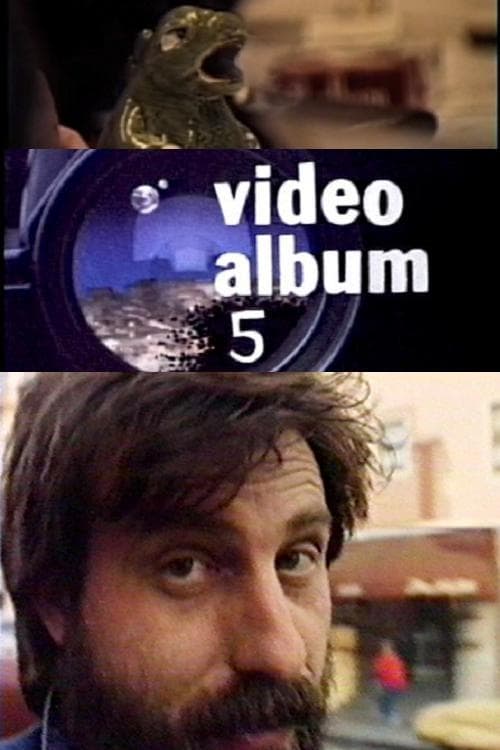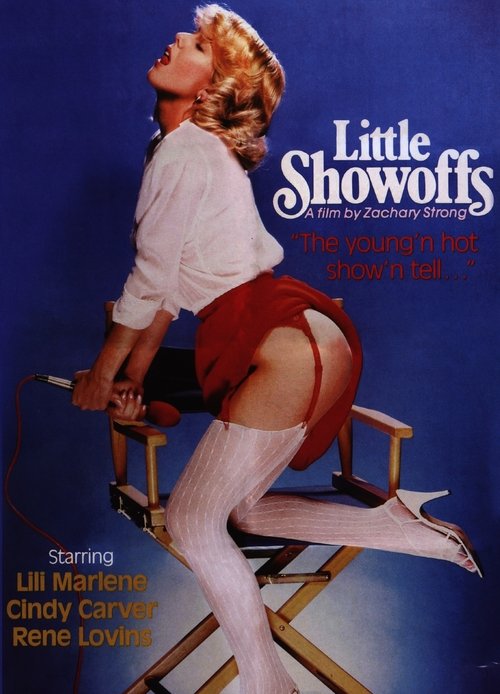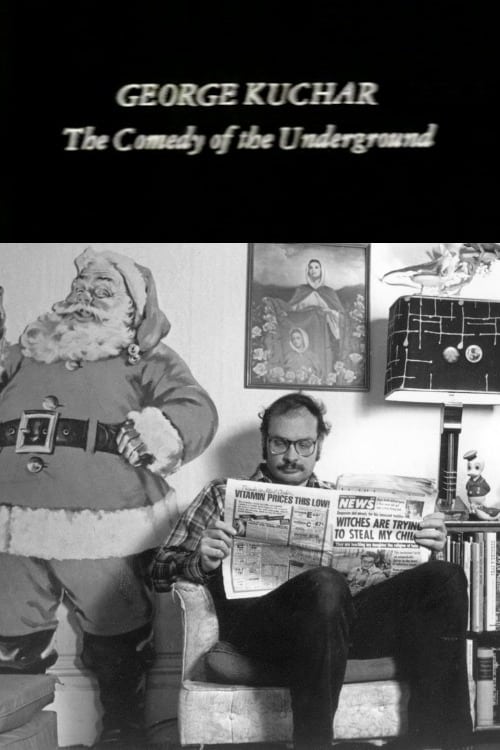
Curt McDowell worked in San Francisco from the late 1960s until his death in 1987 – a period that witnessed the Summer of Love, gay liberation, and the onset of HIV/AIDS, to which he succumbed at the age of forty-two. The author of numerous films that recast the American dream of plenty in pansexual terms, McDowell, like so many artists of his generation, indulged in the era’s carnal abundance, an...
Explore all movies appearances

It Came from Kuchar is the definitive, feature documentary about the legendary, underground filmmaking twins, the Kuchar brothers. George and Mike Kuchar have inspired two generations of filmmakers, actors, musicians, and artists with their zany, "no budget" films and with their uniquely enchanting spirits.

The comings and goings of the late underground filmmaker, Curt McDowell—and the people and activities that came and went along with him—are the themes that run through this existential diary of daily life. McDowell was dying from AIDS-related illnesses during the production of the diary. “An elegy for McDowell, the videowork captures Kuchar’s mournful remembrances of his long-lasting friendship with the young filmmaker. But it also has the inquisitive charm, perverse humor, and quirky candor that places Kuchar’s visual expressions in a gritty niche all their own.”

"In Xmas 1986, George Kuchar’s mother Stella has come to stay with him for the holidays. After a series of dinners with friends, Stella’s repeated discussions about her shingles and Kuchar’s ominous film-noirish narration, Kuchar rescues the morale of a dinner party gone bad thanks to an undercooked ham by presenting his hosts with a very memorable holiday gift." – Kyle Riley

From filmmaker Zachary Youngblood (Deep Tango) comes Little Showoffs, an intimate study of the sexual fantasies of real people, brought to the screen. From the surreal, to the highly personal, Little Showoffs explores the range of erotic desire through six vignettes framed by and starring the actual people who conceived them.

A documentary portrait of filmmaker George Kuchar conducting a tour of his apartment where he displays memorabilia and his toys which were used for props.

Barbara Hammer’s Audience is a fascinating deep cut from the director’s prodigious filmography. Relatively raw in its design, this 16mm diary of audience reactions at retrospectives of Hammer’s work in San Francisco, London, Toronto, and Montreal in the early 1980s bears none of the distinctive visual flourishes and essayistic form one usually finds in her filmmaking. Today, Audience serves as an invaluable historical archive, providing quick but complex portraits of lesbian scenes in different cities and countries: the San Francisco women are bold and raucous, treating Hammer like a celebrity; the London crowd more reserved and tentative; the Canadians politely critical after initial hesitation. It also functions as a testament to the power of Hammer herself as a figure of lesbian culture, showing how fully she engages audiences to incite new forms of discourse about representation.

"San Francisco based Curt McDowell has always been a pioneer in sexual frankness, but his new film, LOADS, goes far beyond his earlier all-out efforts and puts such big-time dabblers in eroticism as Bernardo Bertolucci and Nagisa Oshima decidedly in the shade." - David Ehrenstein, Los Angeles Herald Examiner

Symphony for a Sinner (1979) was a long, lavishly photographed color film generally considered the magnum opus of the class productions.

A man, his dog, and the regions they inhabited, each leaving his own distinctive mark on the landscape. Not even time can wash away the residue of what they left behind.

"This film is about depression, although it's not that depressing. I suppose it has a message of faith and hope in it ... it does for me .... But then again my interest may not match yours. It was shot in San Francisco and in Central Oklahoma with a cast of one man and four women. Crushing emotions are indulged in against a massive meteorological background that brings inspiration and terror to the characters involved."
Subscribe for exclusive insights on movies, TV shows, and games! Get top picks, fascinating facts, in-depth analysis, and more delivered straight to your inbox.